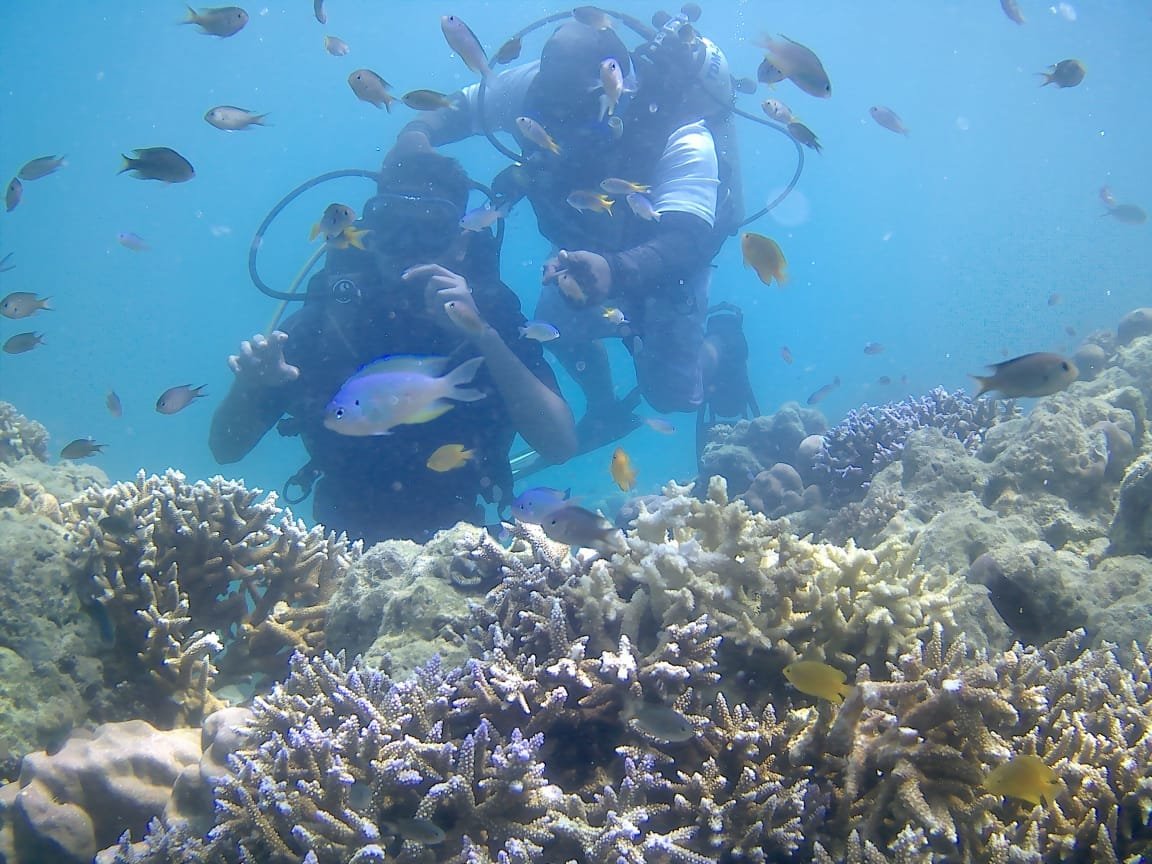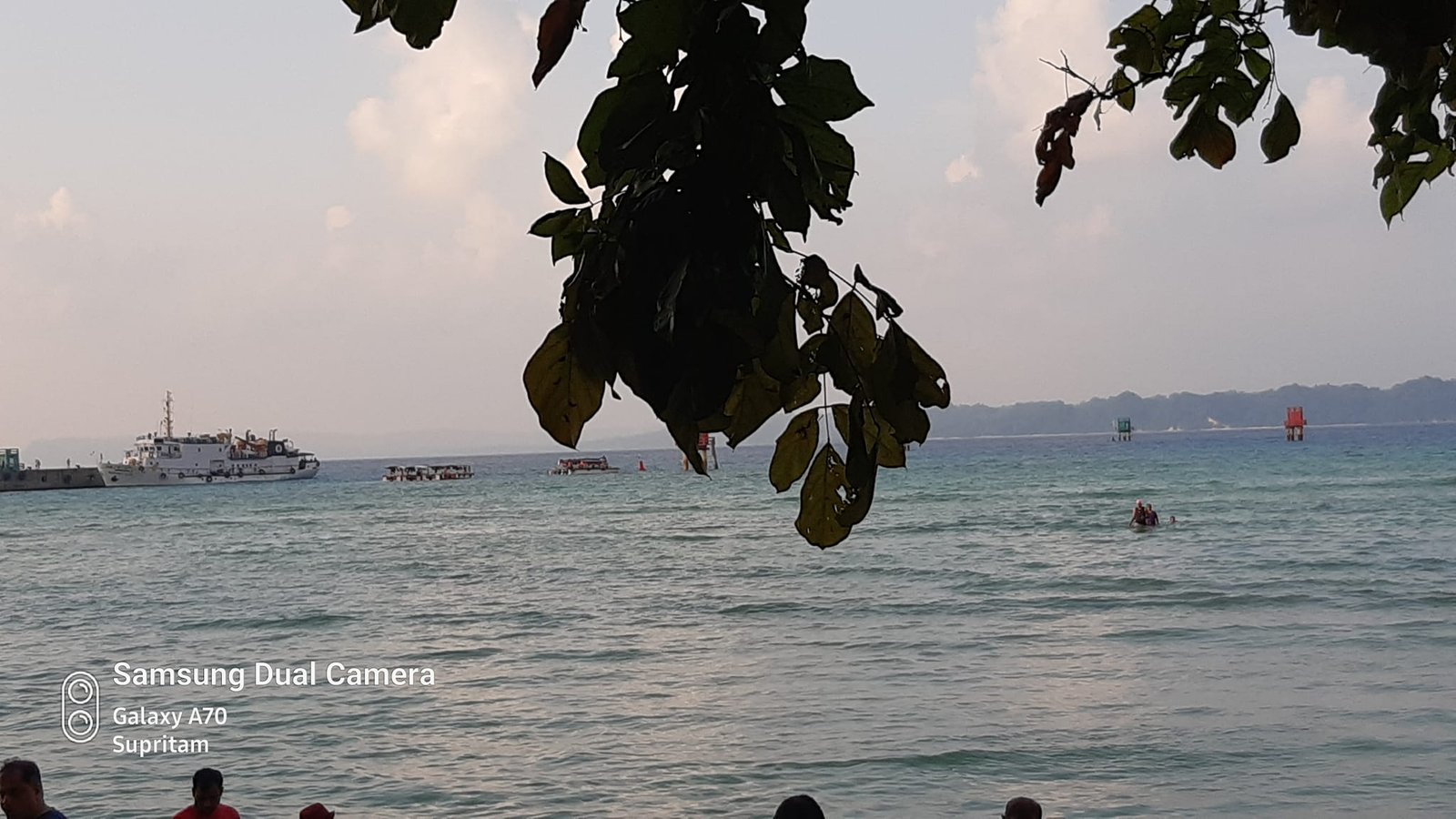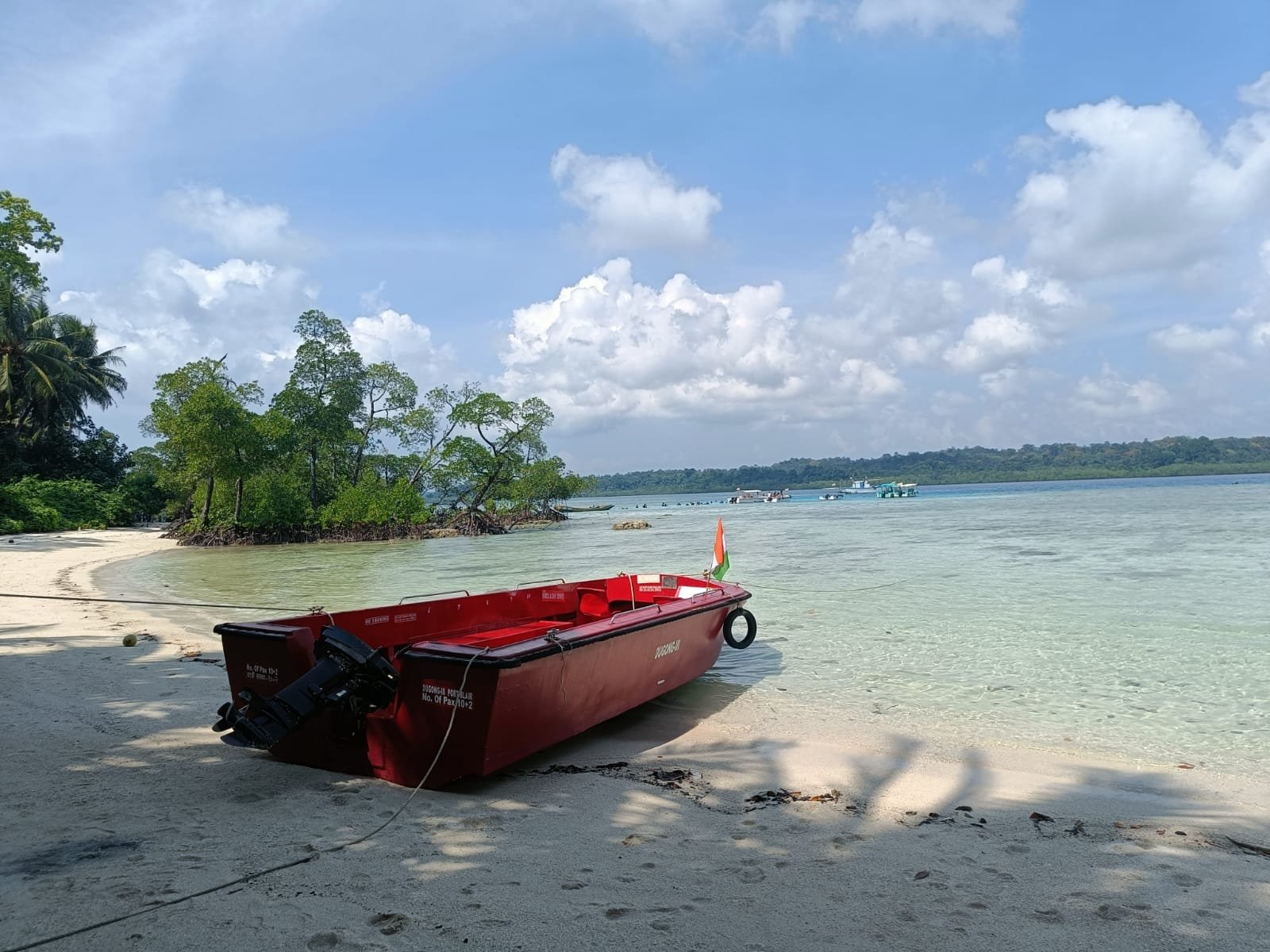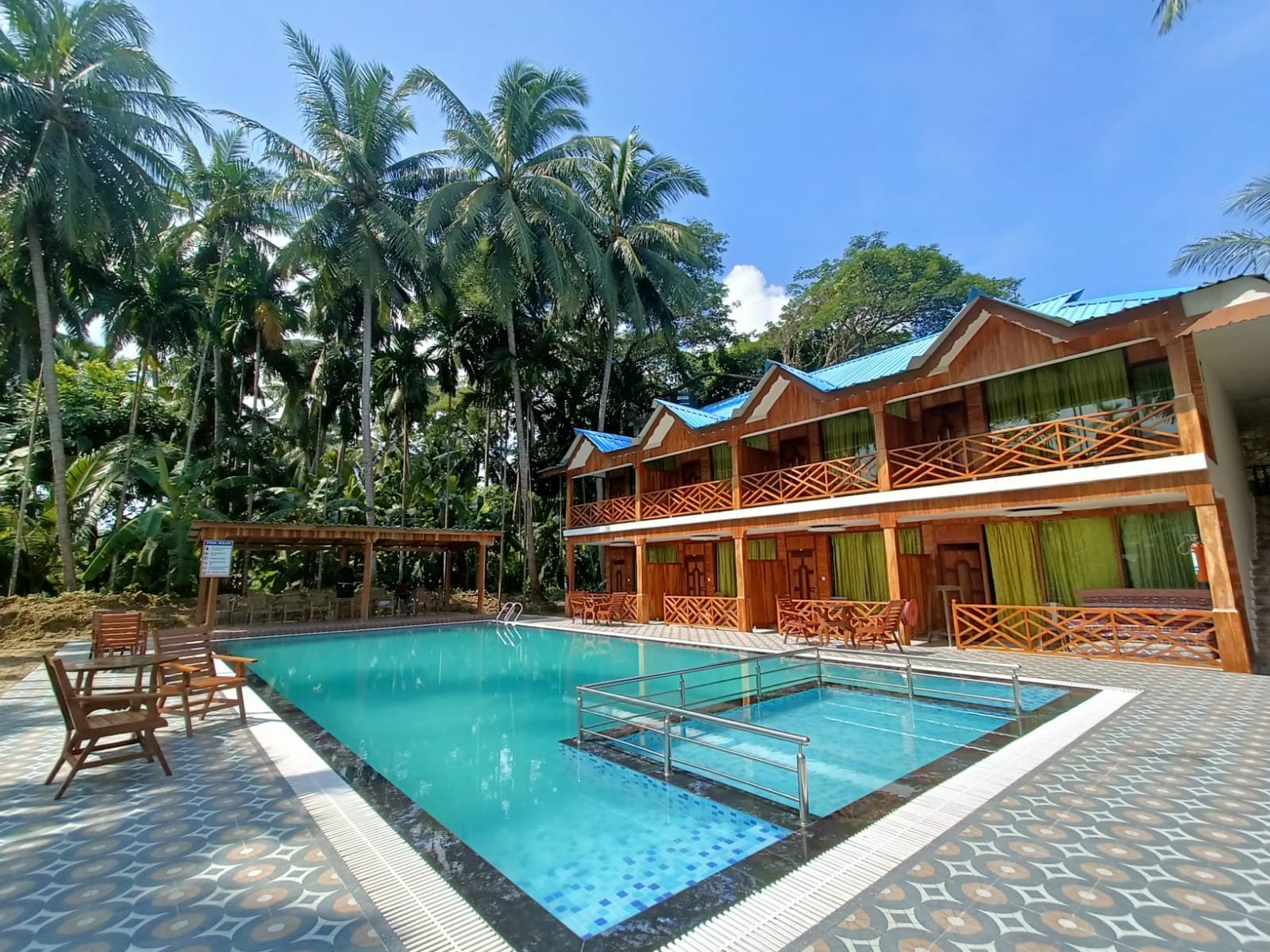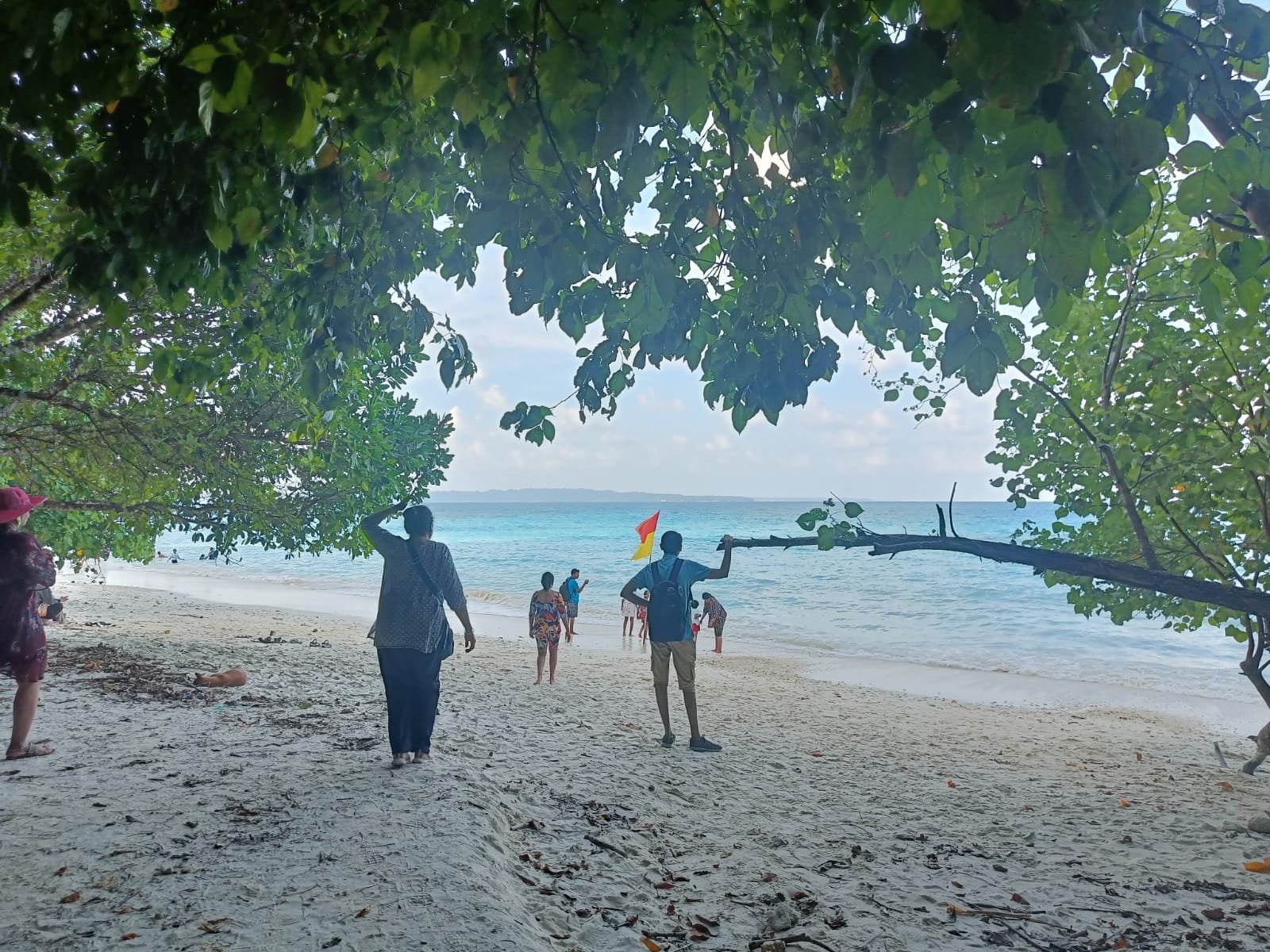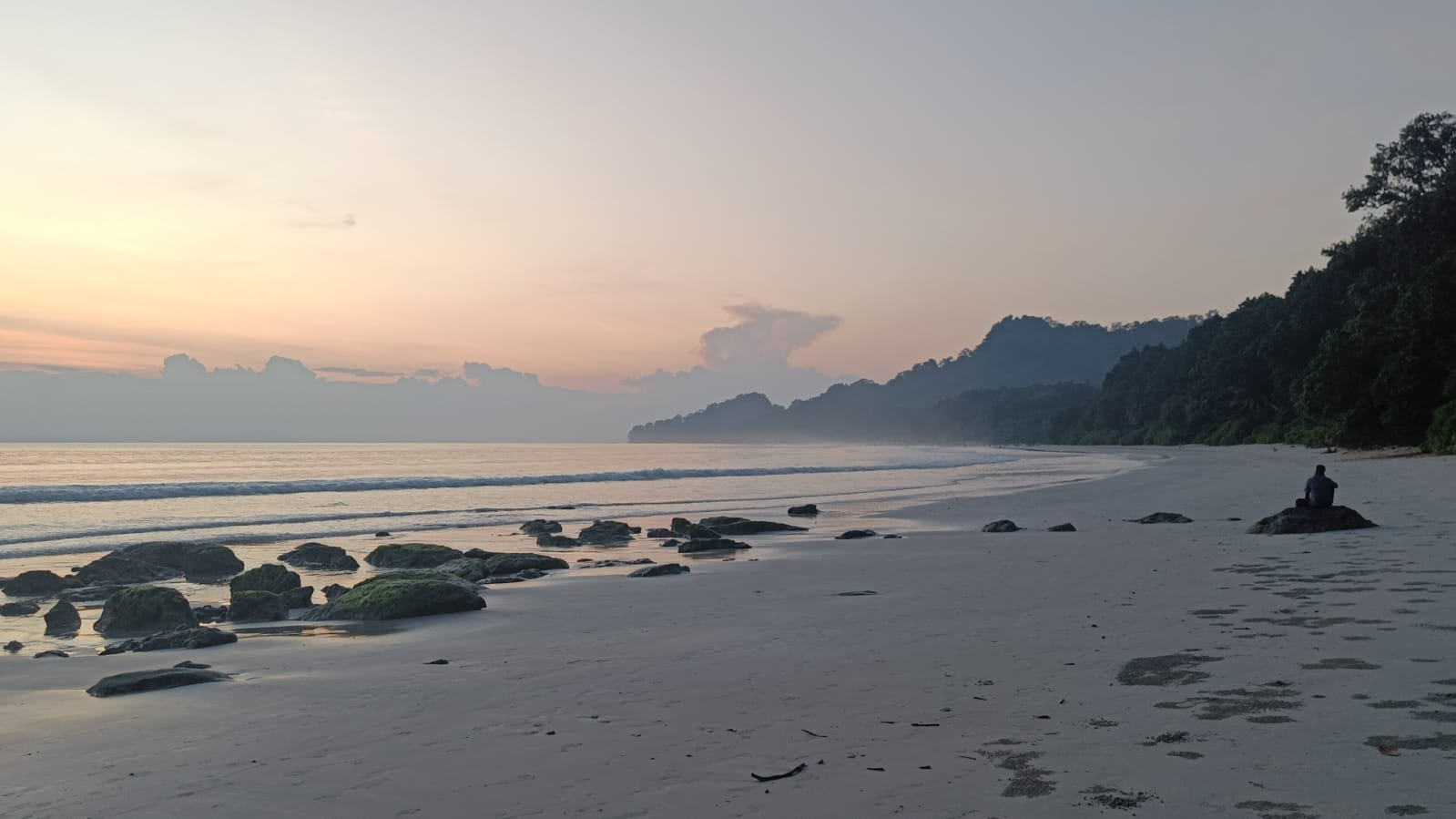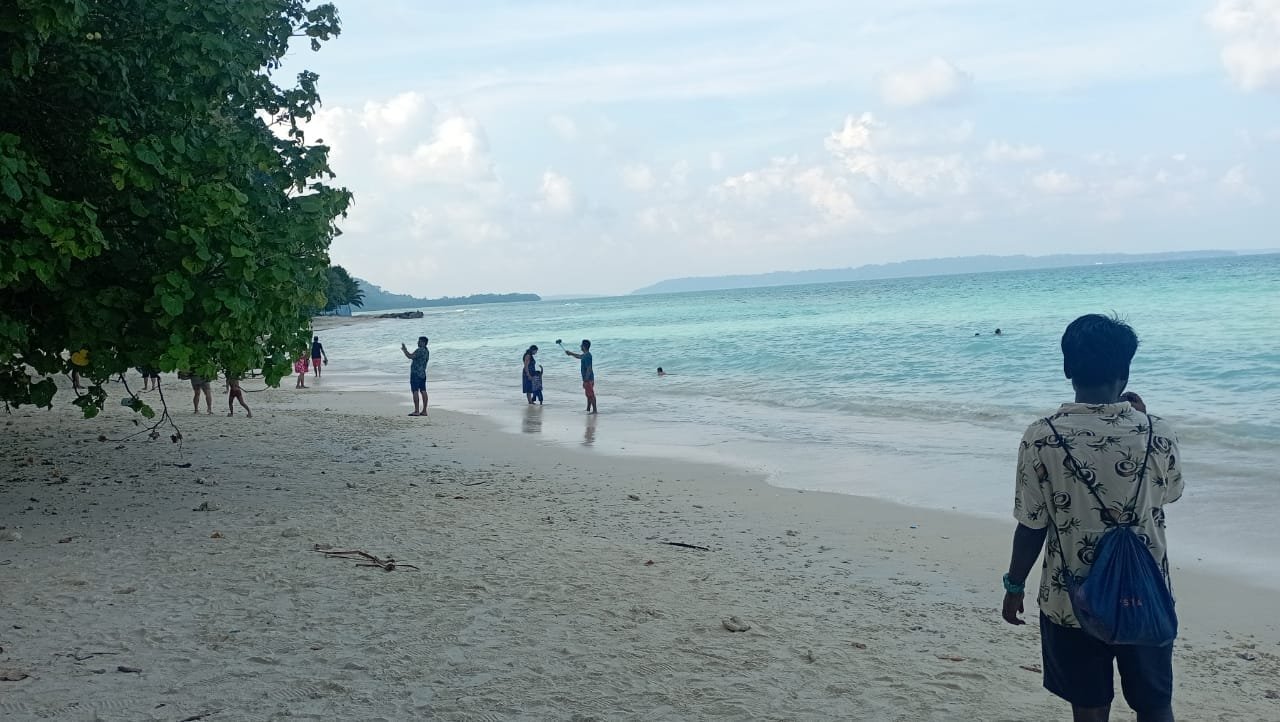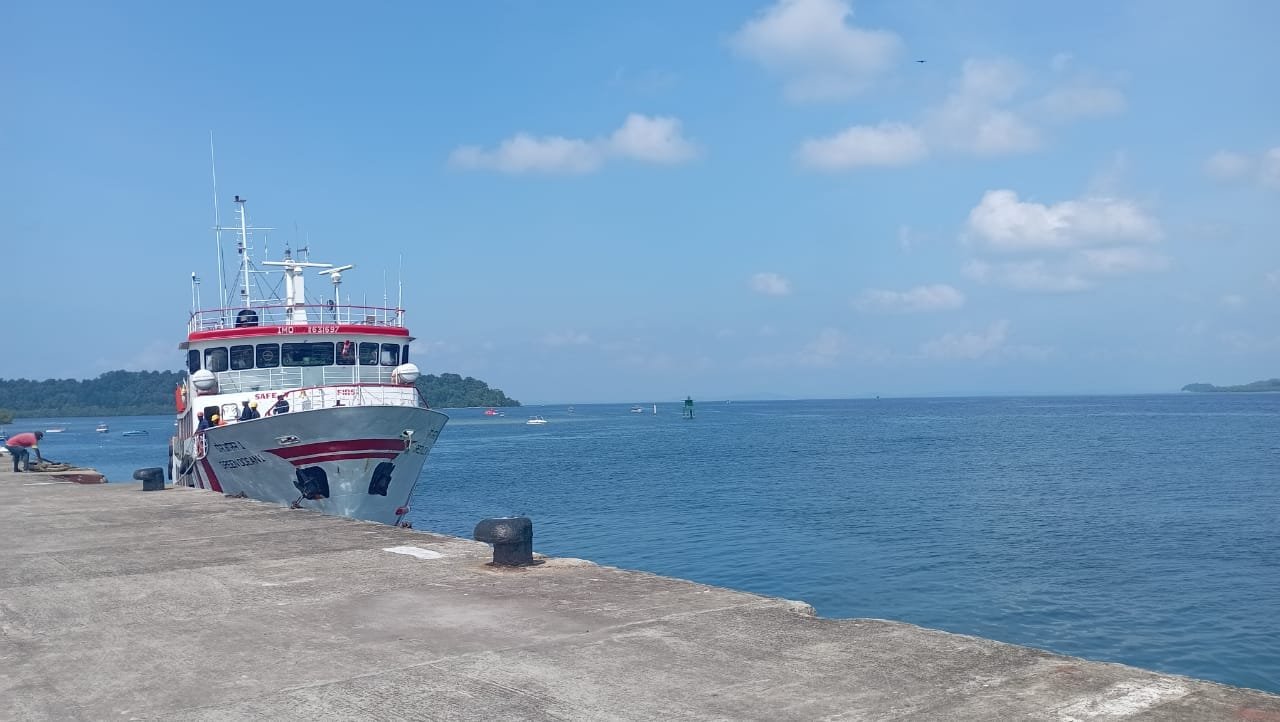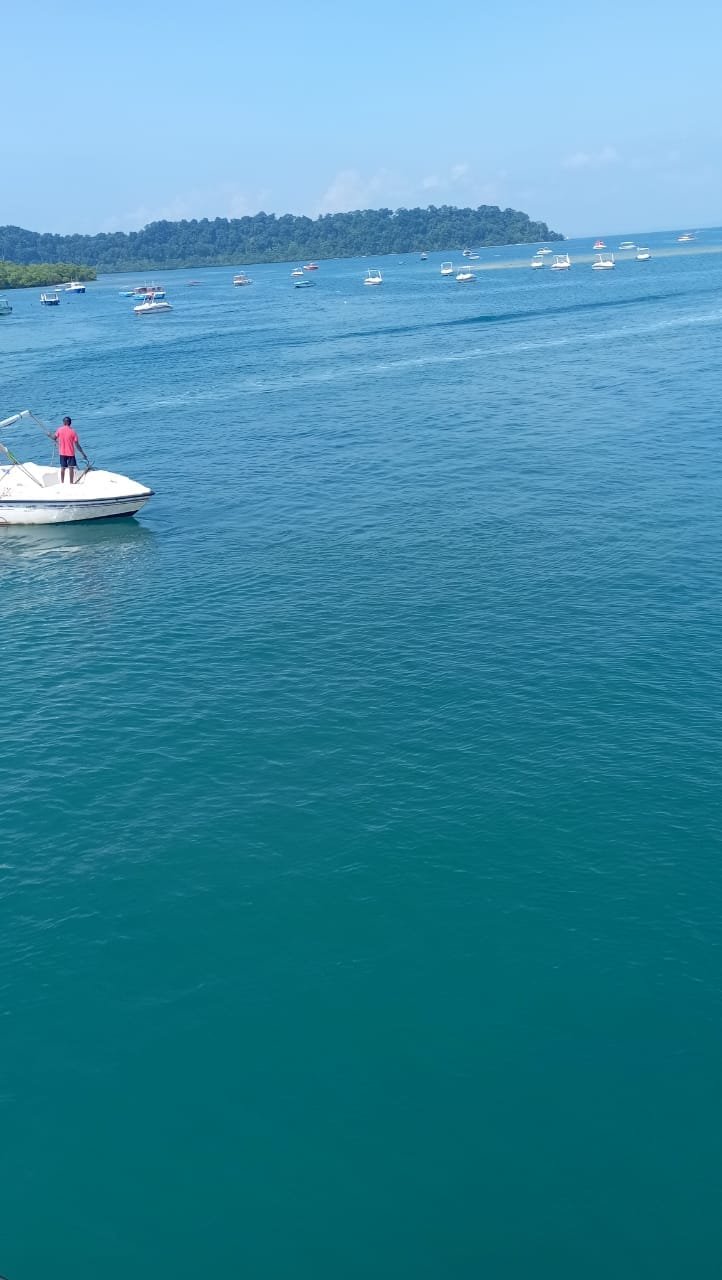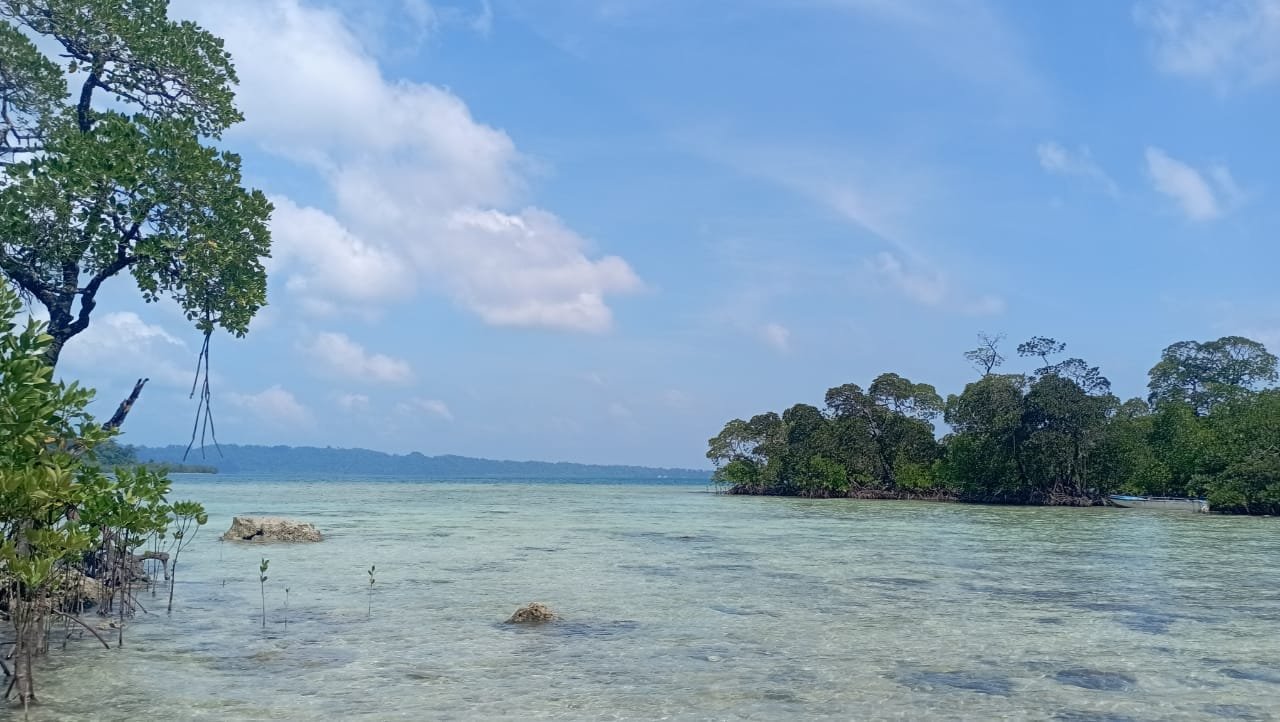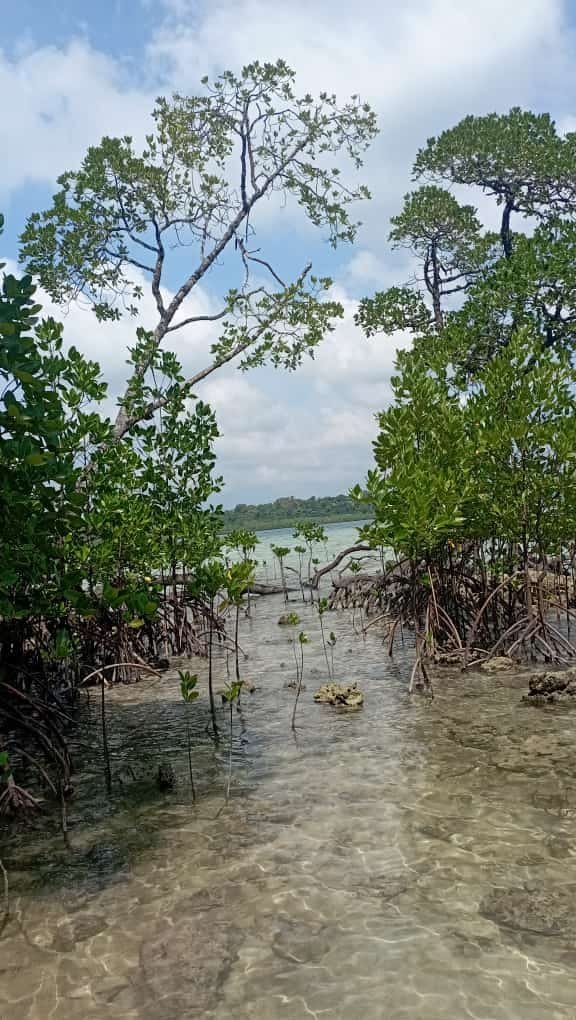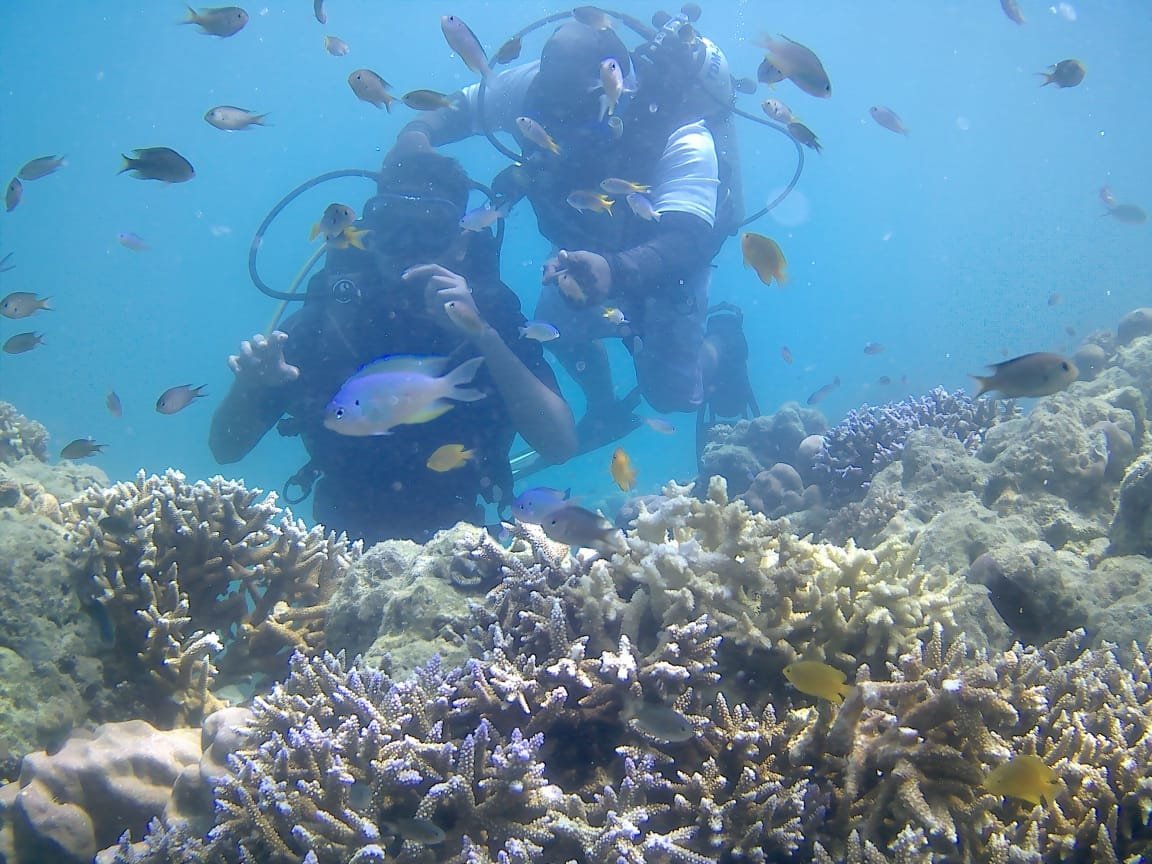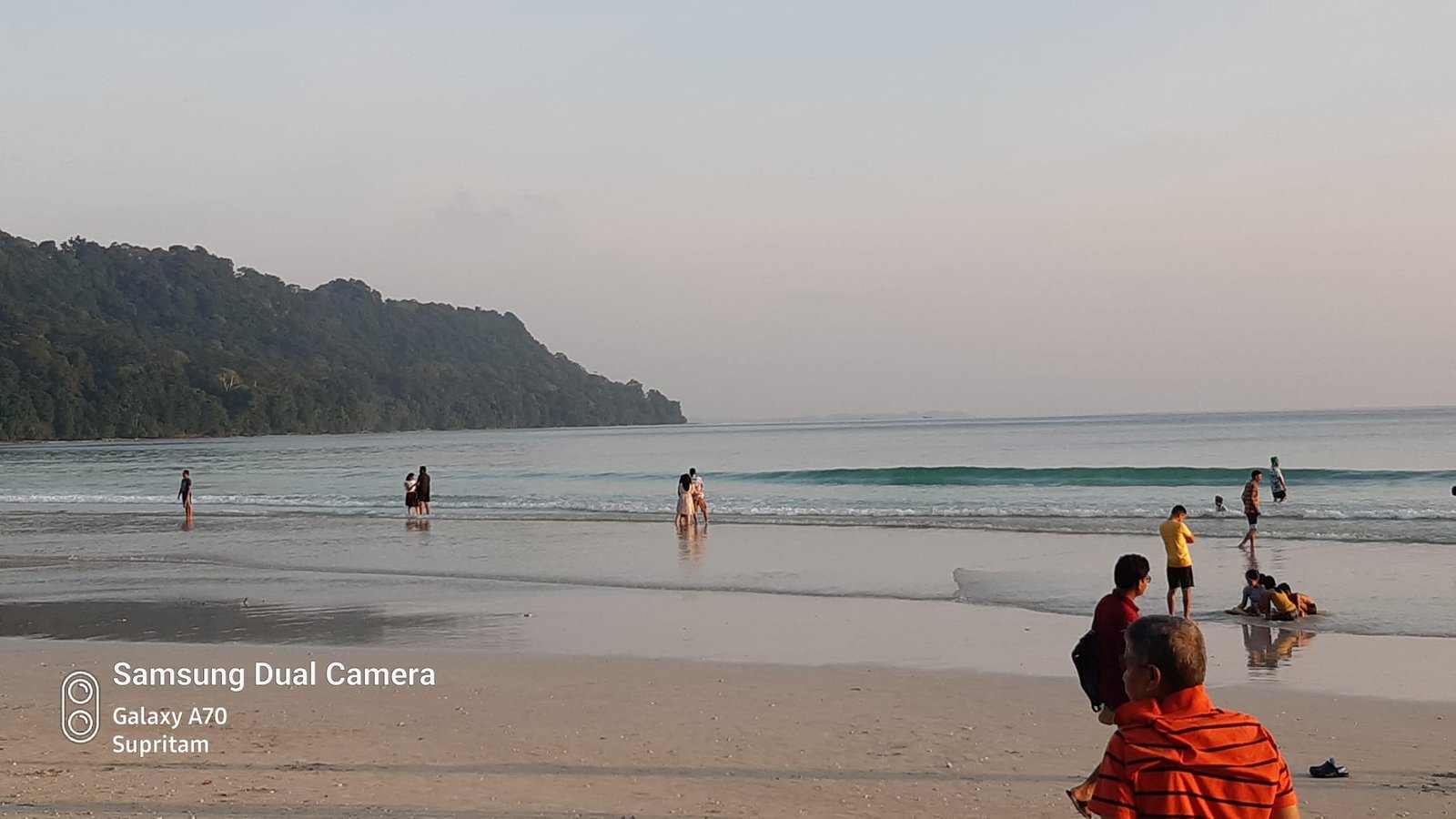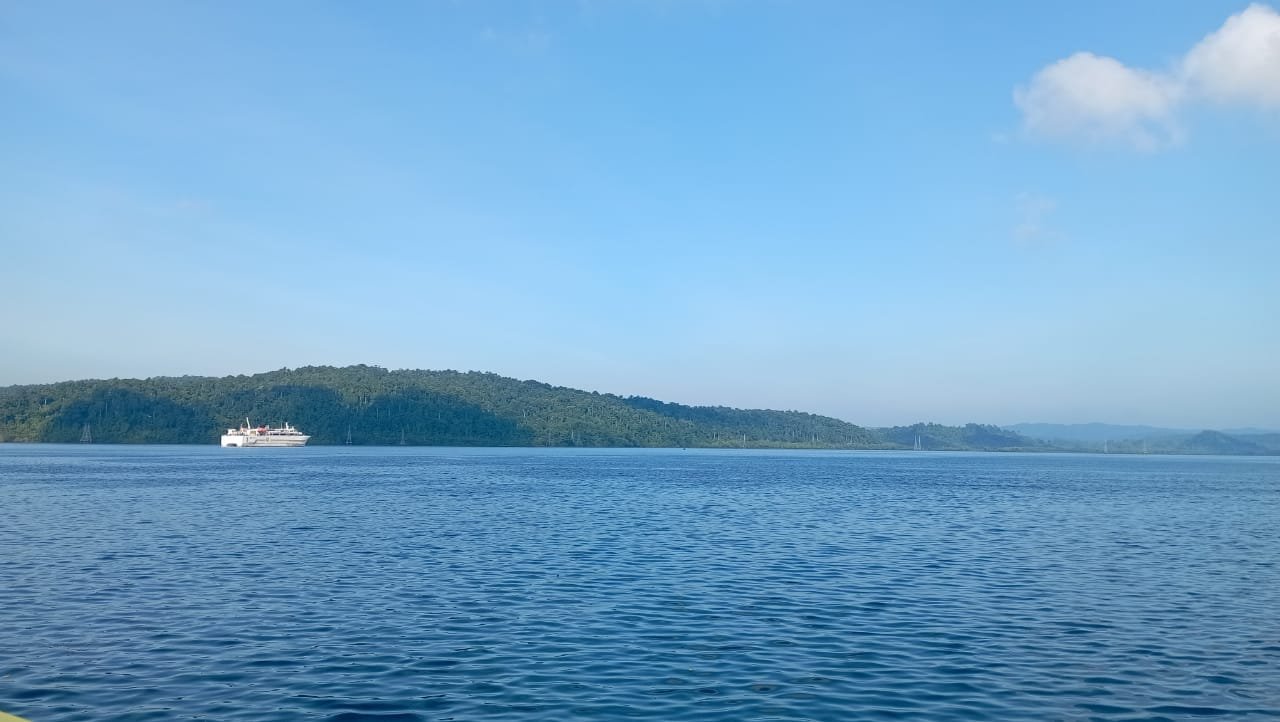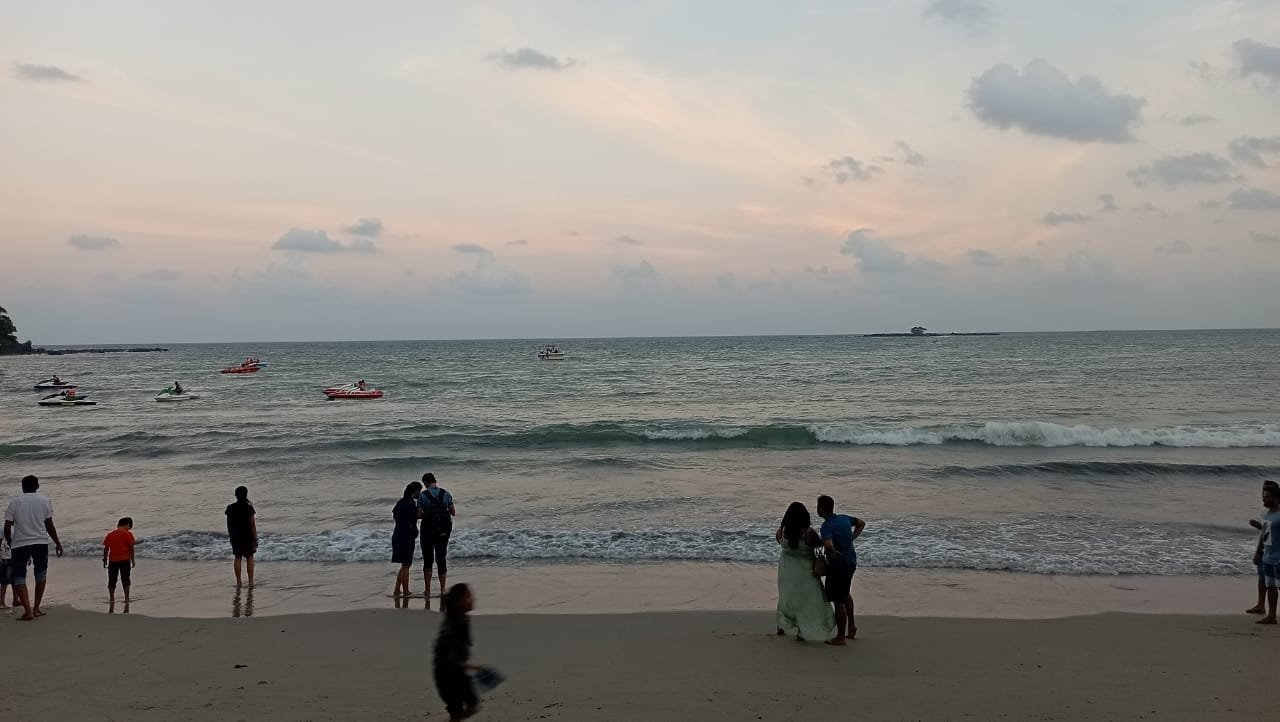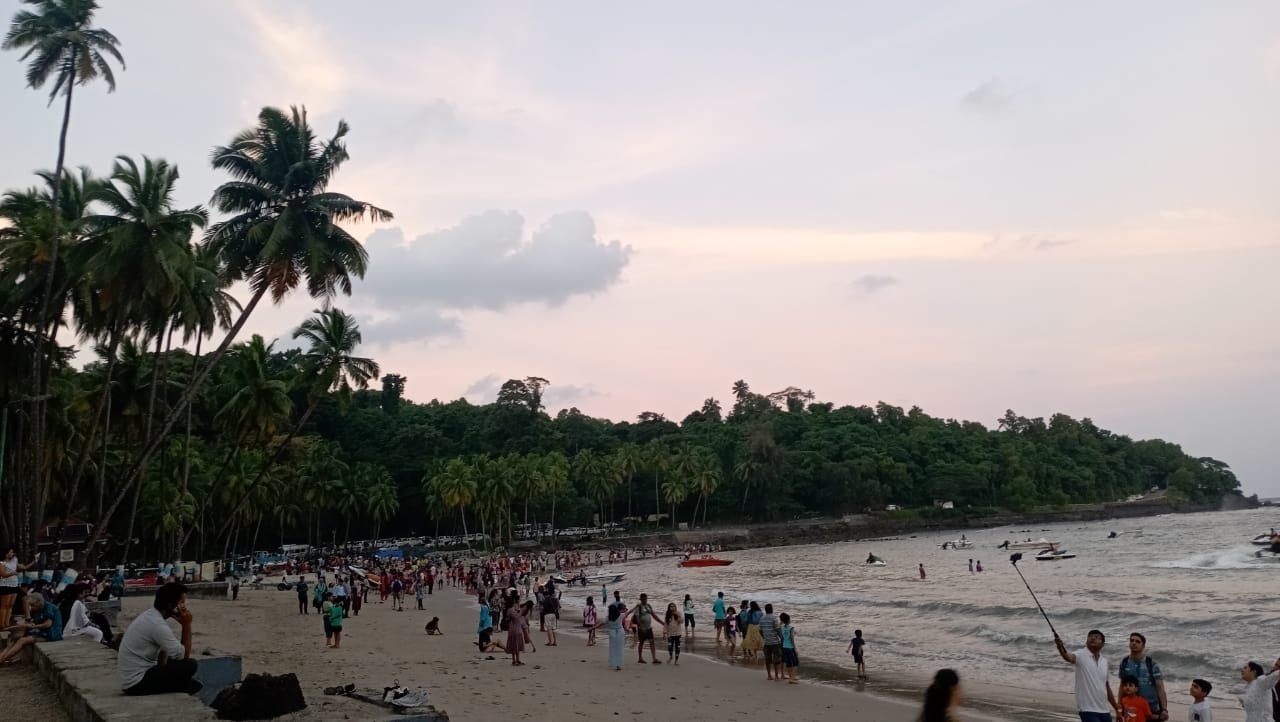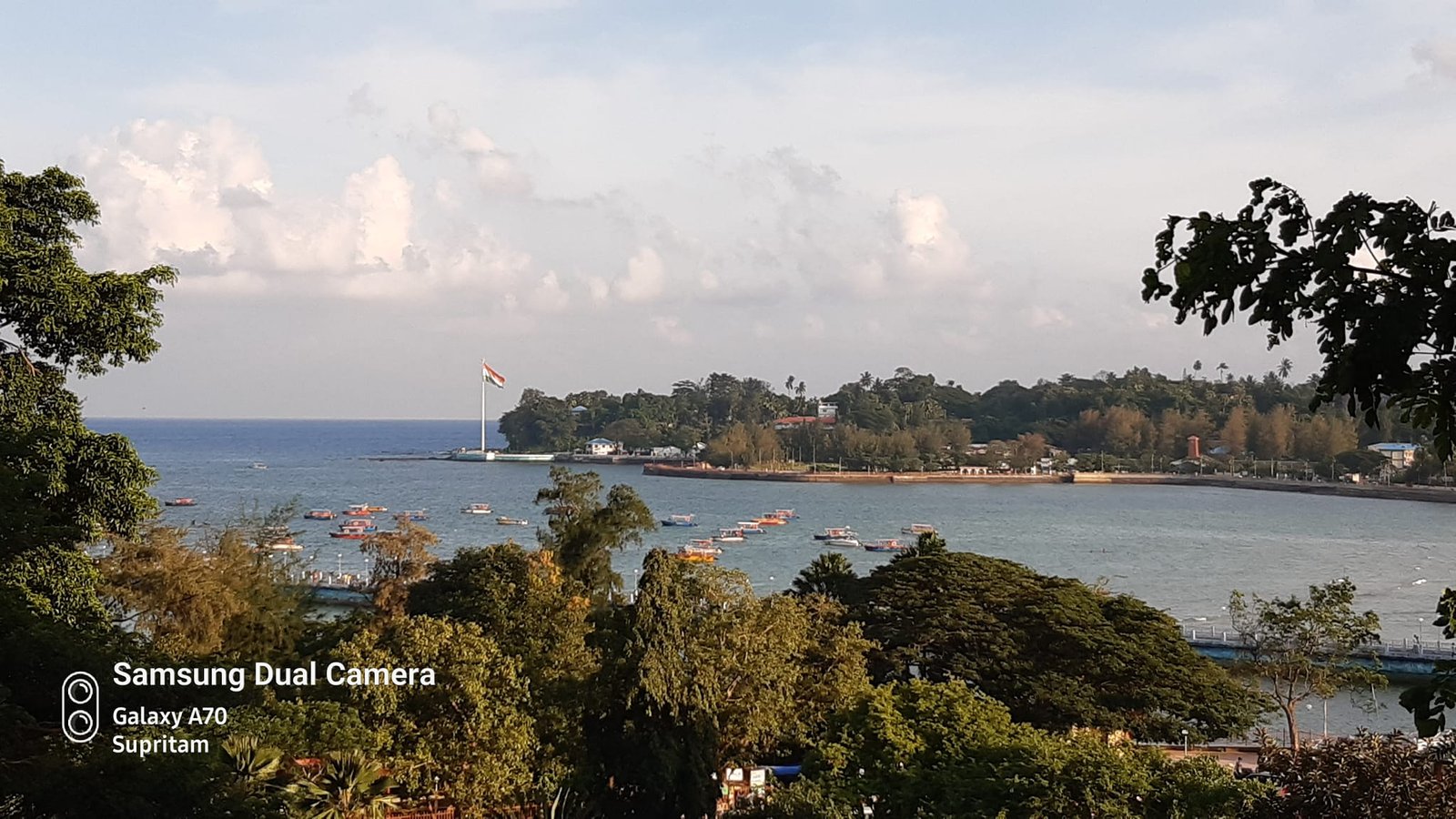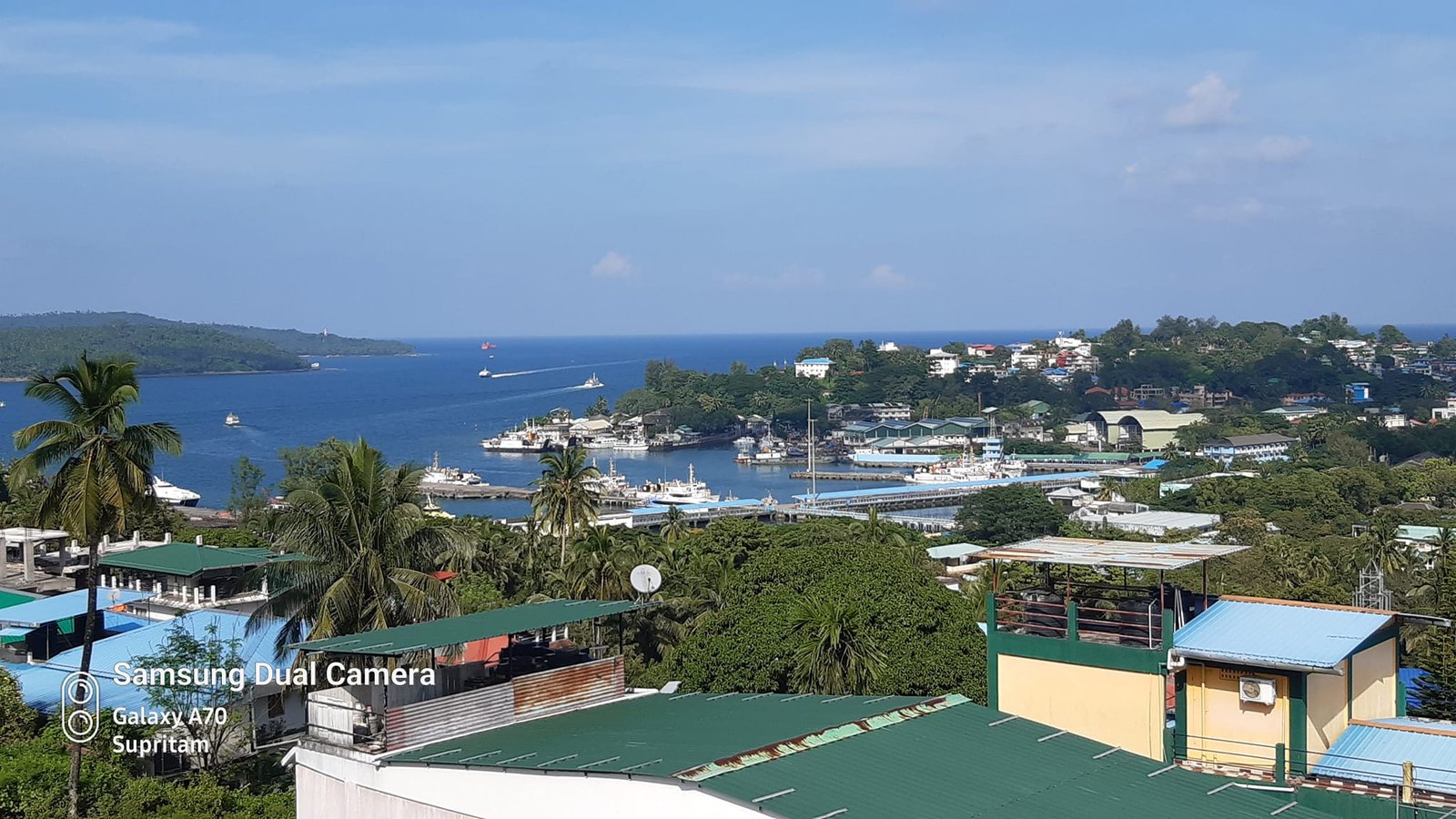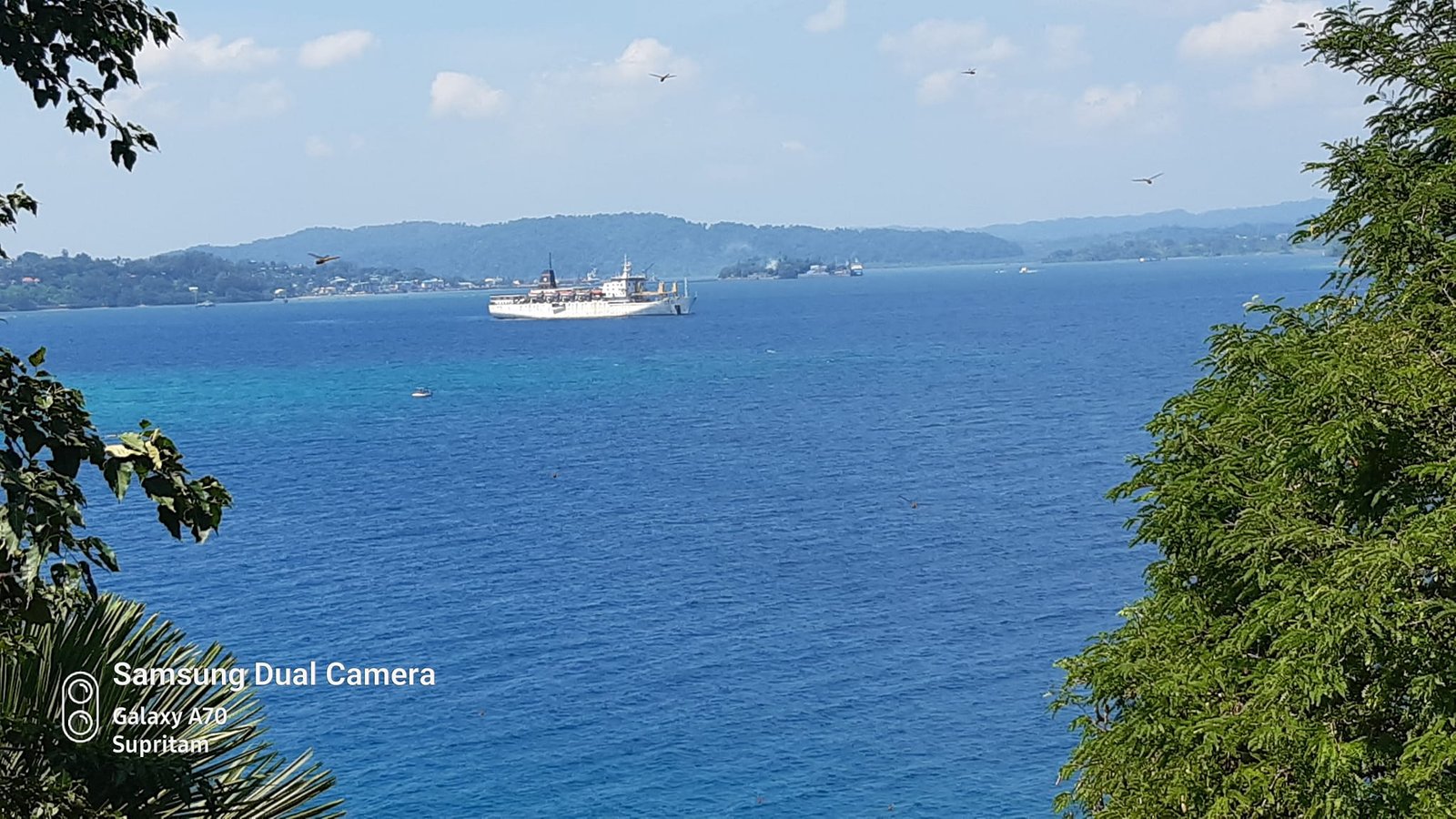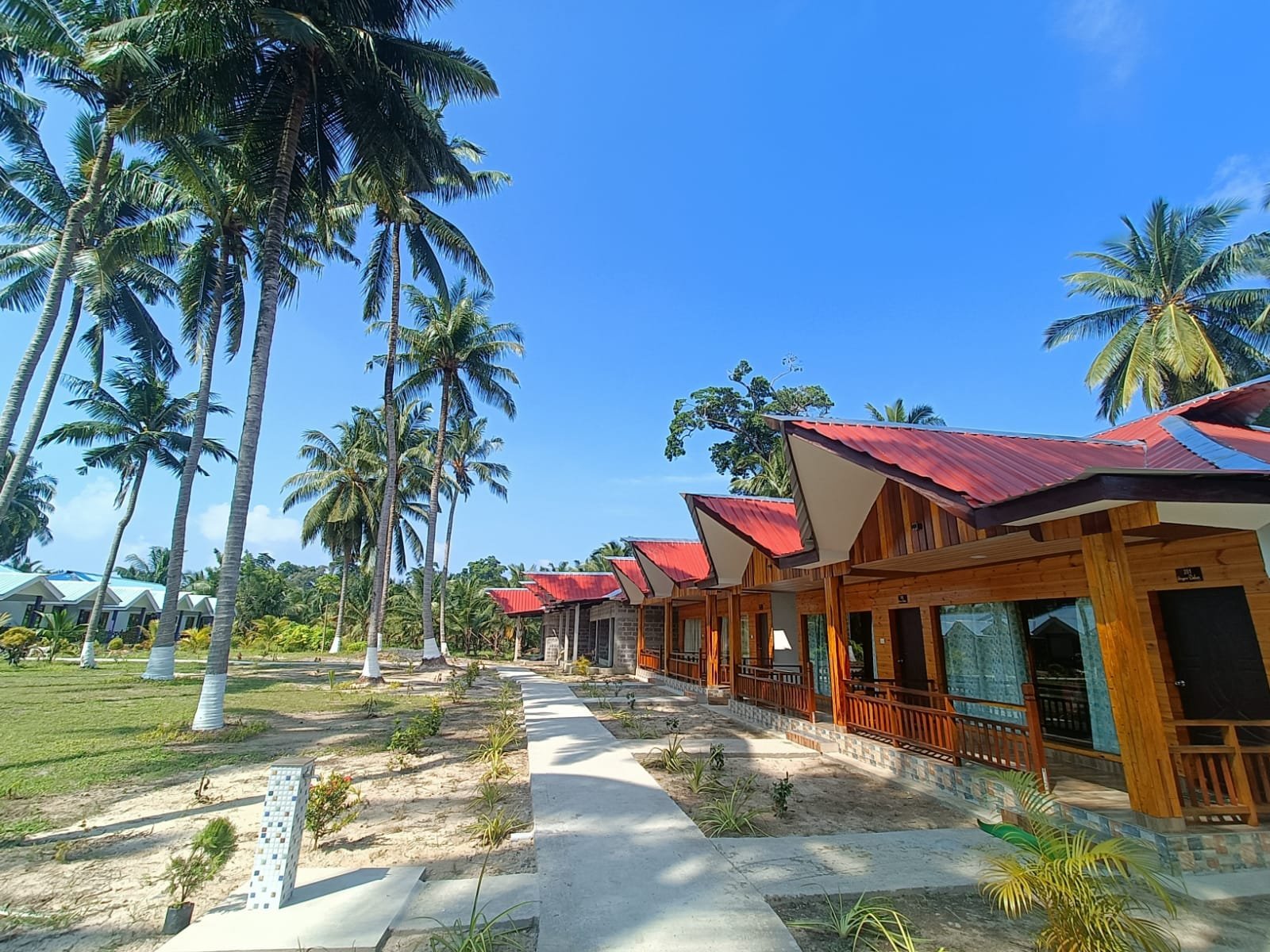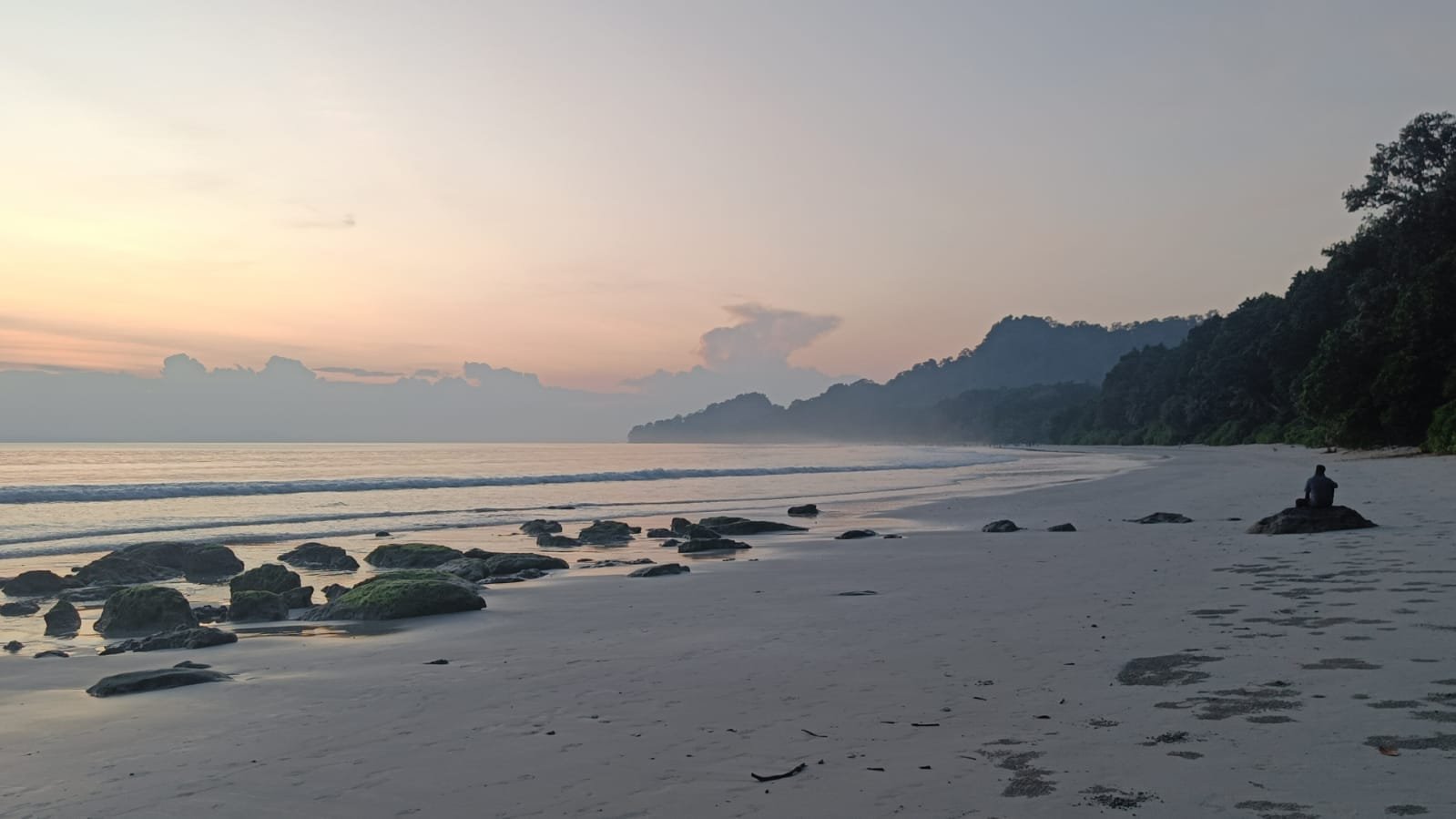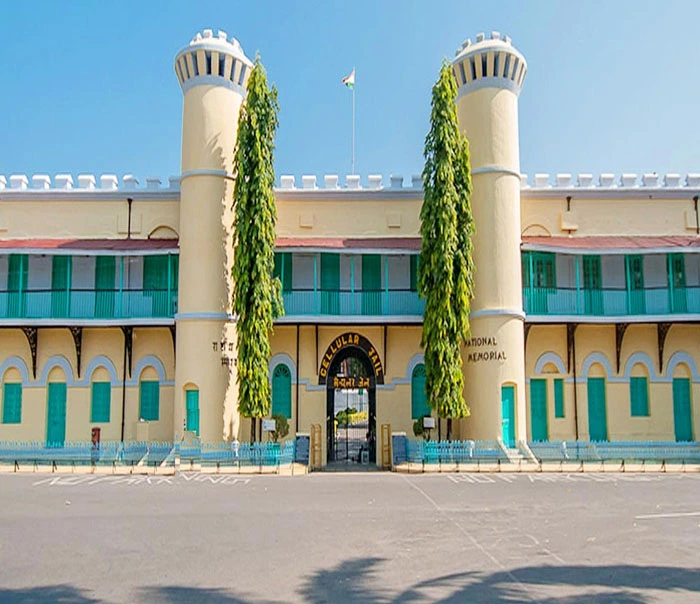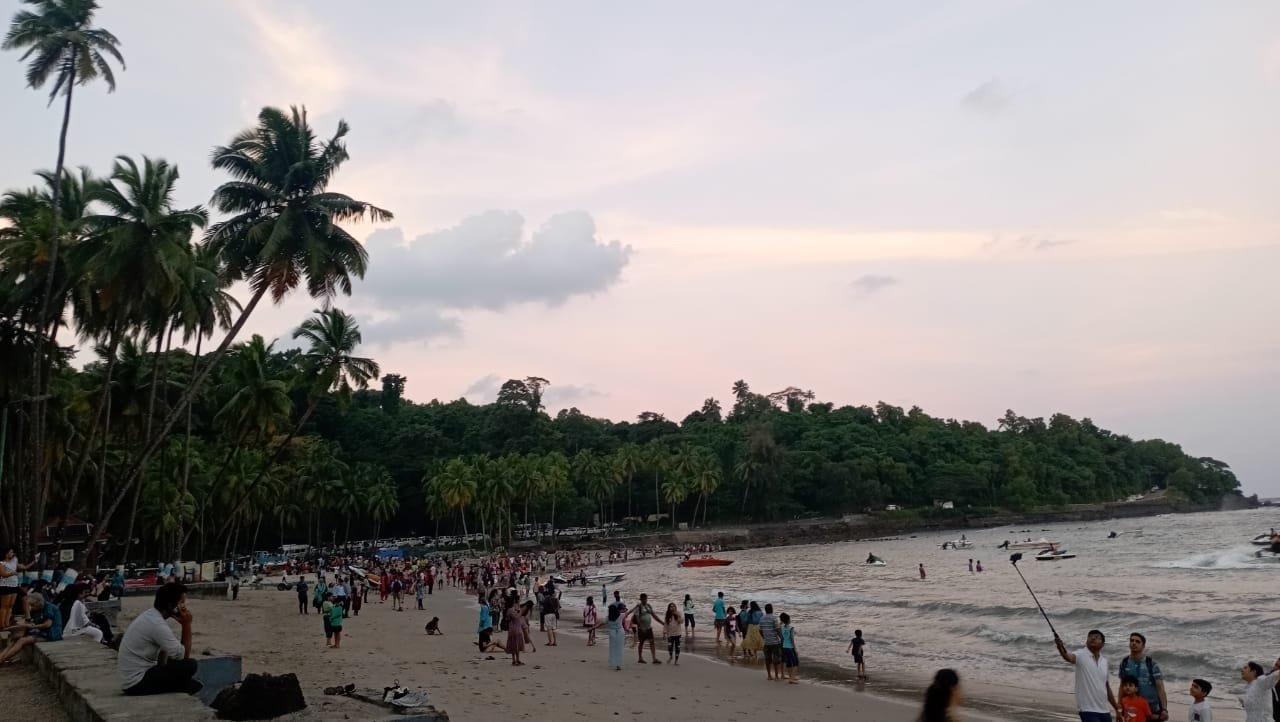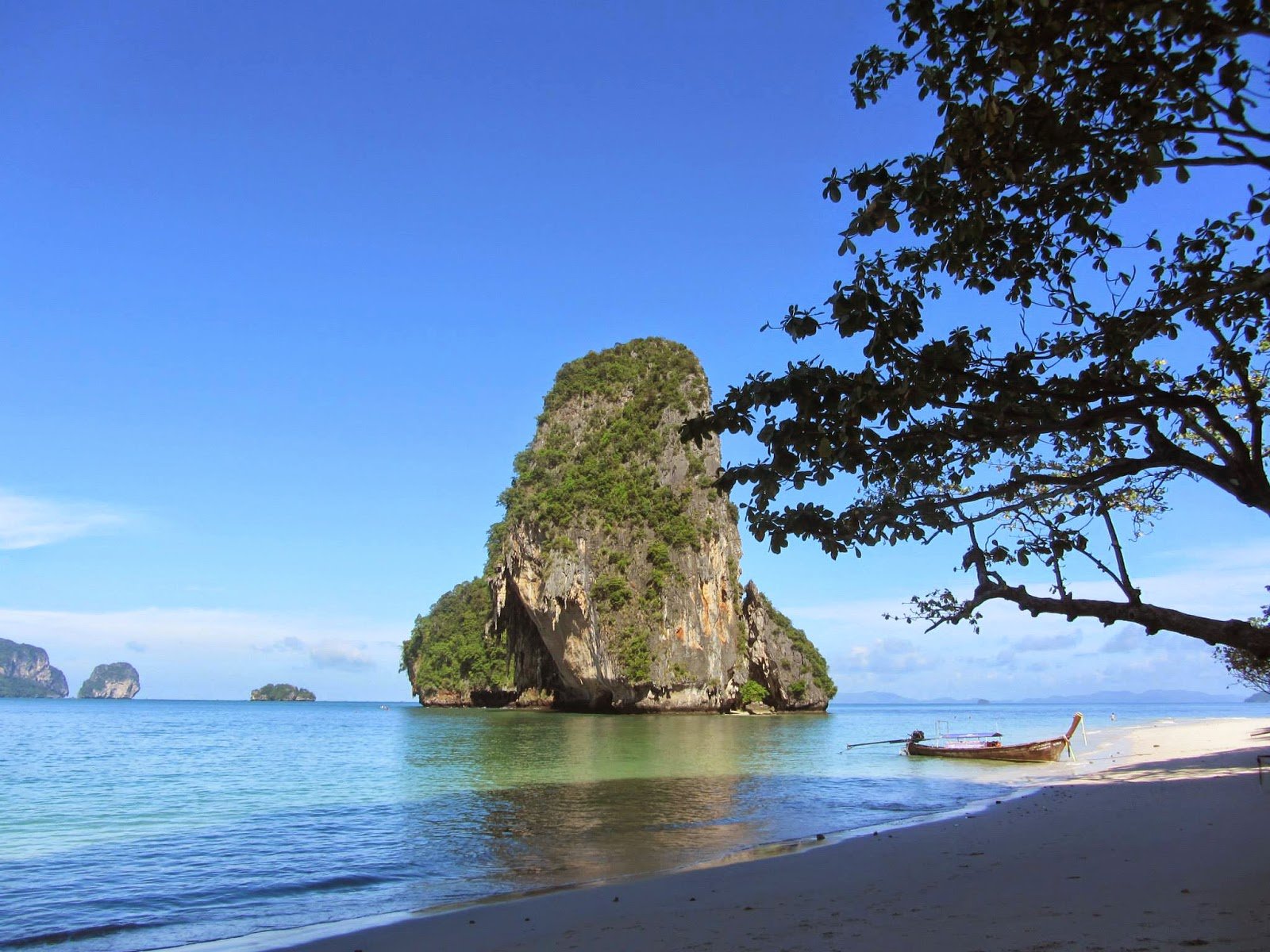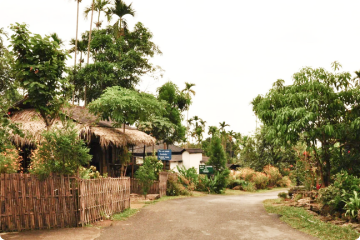Waves, Wonders, and Wilderness – Andaman
5.0
Most
favourite
46
Total views
Andaman and Nicobar Island's Havelock Island, now officially known as Swaraj Dweep, is one of the most captivating destinations nestled in the heart of the Bay of Bengal. This island is renowned for its pristine natural beauty, tranquil atmosphere, and unspoiled beaches, making it a dream escape for travelers seeking serenity and scenic charm. Among its many wonders, Radhanagar Beach stands out as a jewel—often hailed as one of Asia’s finest beaches, with powdery white sands that stretch endlessly along crystal-clear turquoise waters. It’s the perfect place for a peaceful swim, sunbathing under the tropical sun, or capturing unforgettable sunset photographs.
Not far from Radhanagar lies Elephant Beach, another gem famous for its coral reefs and vibrant marine life. Reached either by a short boat ride or a forest trek, Elephant Beach offers excellent opportunities for snorkeling, scuba diving, and underwater photography. The shallow reef close to the shore makes it ideal even for beginners. The island’s laid-back lifestyle, coupled with a variety of water sports, nature trails, and eco-friendly accommodations, creates a paradise where time seems to slow down.
Whether you're looking to dive into colorful underwater worlds, relax on picture-perfect beaches, or simply disconnect from the bustle of daily life, Havelock Island offers a tropical retreat that leaves a lasting impression on every visitor.
The Andaman and Nicobar Islands offer a rich and diverse culinary experience, blending fresh seafood with tropical flavors and cultural influences from various communities.
Here are some must-try dishes that showcase the islands' unique gastronomy:
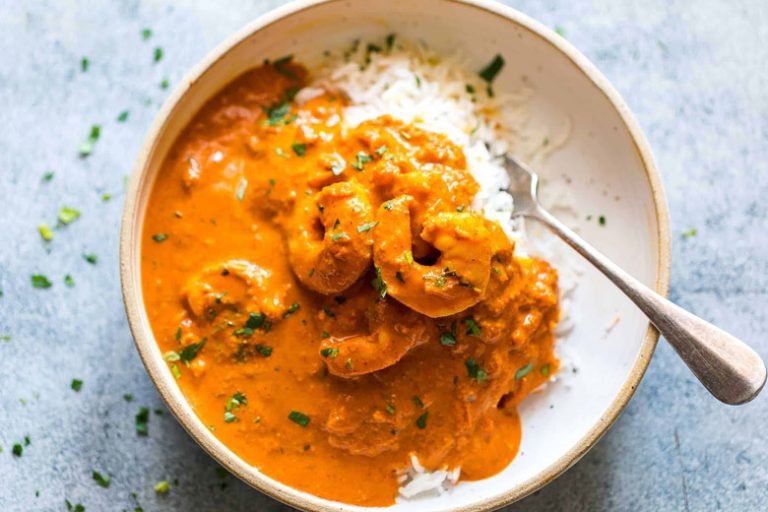
Andaman Fish Curry
A staple in the islands, this dish features freshly caught fish simmered in a spicy, tangy coconut-based gravy. The combination of local spices and coconut milk creates a flavorful curry that's best enjoyed with steamed rice.
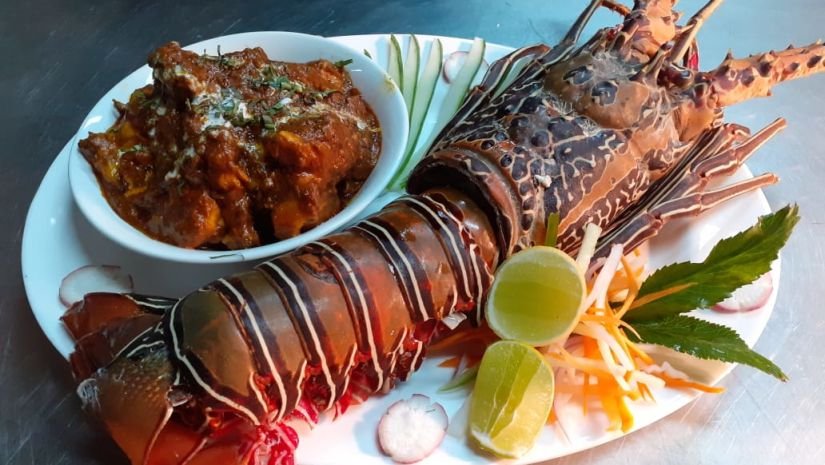
Tandoori Lobster
Succulent lobsters are marinated in a blend of yogurt, spices, and herbs, then grilled to perfection. This smoky, flavorful dish highlights the richness of local seafood and is a favorite among tourists.
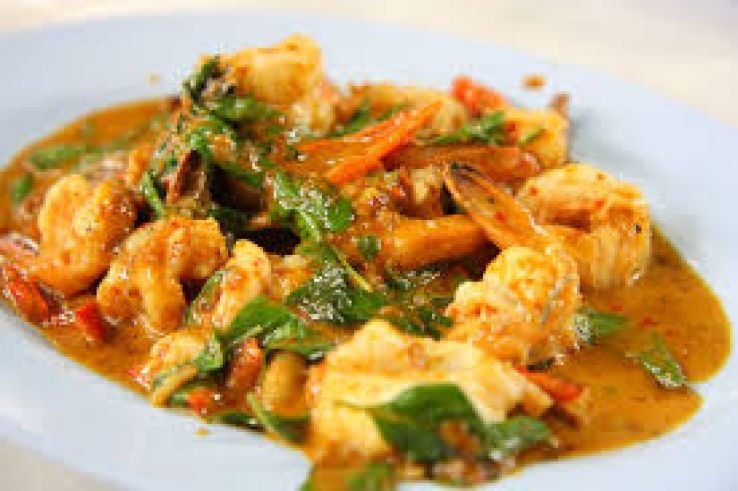
Coconut Prawn Curry
Prawns cooked in a creamy coconut milk base, infused with aromatic spices and curry leaves. This dish offers a delightful balance of sweetness and heat, reflecting the tropical essence of the islands.
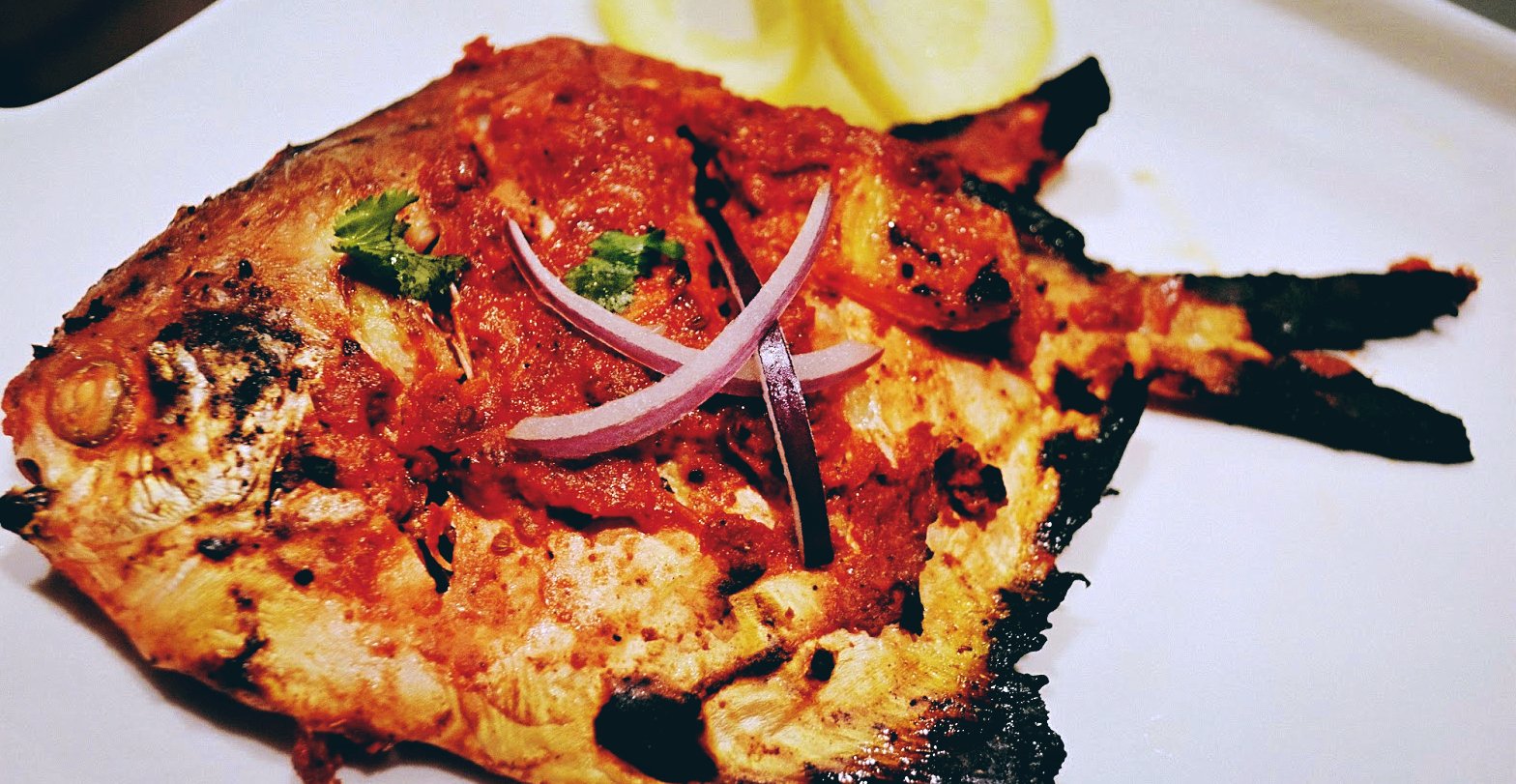
Macher Jhol
A Bengali-influenced fish curry made with fresh fish, potatoes, and a blend of spices like turmeric and cumin. It's a light yet flavorful dish that's commonly served with rice.
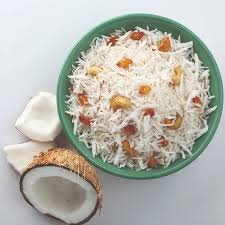
Coconut Rice
Steamed rice cooked with freshly grated coconut and tempered with mustard seeds, curry leaves, and green chilies. This fragrant dish pairs well with various curries and seafood preparations.
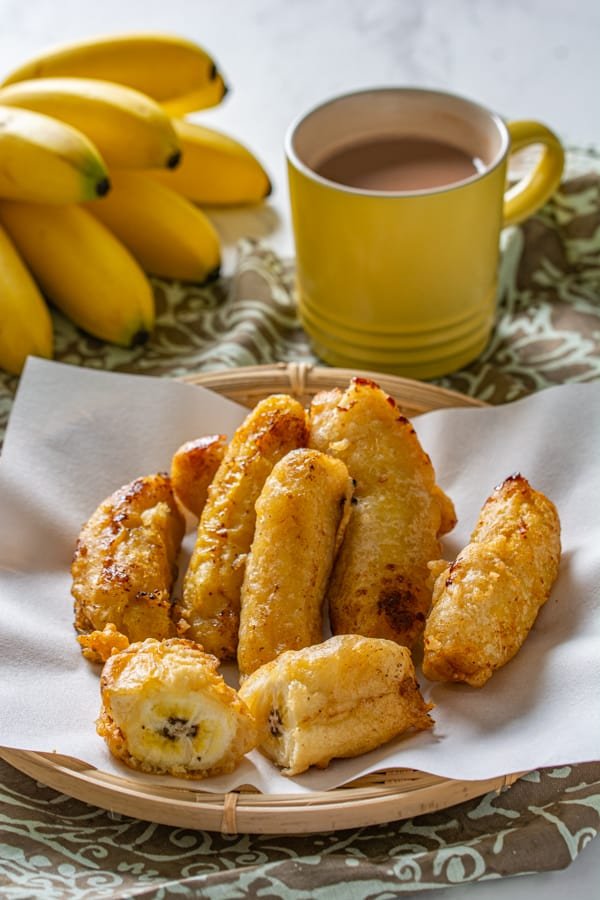
Banana Fritters
Ripe bananas dipped in a sweet batter and deep-fried until golden brown. These crispy fritters are a popular snack or dessert, enjoyed by locals and visitors alike.
Andaman and Nicobar Islands: A Comprehensive Tourist Guide
Best Time to Visit:
October to May is the ideal time, offering pleasant weather for beach and water activities. Monsoon (June to September) sees heavy rain and rough seas.
How to Reach:
By Air: Direct flights to Port Blair (Veer Savarkar Airport) from Delhi, Kolkata, Chennai, Bengaluru, and Hyderabad.
By Sea: Passenger ships from Chennai, Kolkata, and Visakhapatnam (takes 3–4 days; not recommended for short stays).
Permits: Indian nationals do not require permits to visit most islands, but foreign nationals must obtain a Restricted Area Permit (RAP) upon arrival. Some tribal reserves (like Nicobar) are strictly off-limits.
Internet & Connectivity: Limited on remote islands; carry offline maps.
Cash & ATMs: ATMs are available in Port Blair, Havelock, and Neil, but limited. Carry enough cash for smaller islands.
Local Transport: Ferries and government/private boats connect the islands. Autos, scooters, and taxis are available on larger islands.
Safety: Andaman is safe, but avoid venturing into tribal or restricted areas. Follow beach safety signs and avoid swimming after sunset.
Respect Nature & Tribes: Do not disturb marine life, litter beaches, or try to contact indigenous tribes.
Havelock and Neil Island, both part of the enchanting Andaman and Nicobar archipelago, are celebrated for their vibrant coral reefs and spectacular marine biodiversity, making them a true paradise for divers and ocean lovers alike. These islands offer some of the clearest, most inviting waters in the Indian Ocean, where the underwater world comes alive with brilliant colors, intricate coral formations, and an astonishing variety of sea life.
Havelock Island, or Swaraj Dweep, is the more famous of the two, drawing divers from around the globe to sites like Barracuda City, Aquarium, and the Wall, where schools of tropical fish glide effortlessly through coral gardens and sea turtles drift gracefully by. Certified diving centers provide both beginners and experienced divers the chance to explore this underwater sanctuary, often encountering stingrays, reef sharks, and even majestic manta rays.
Neil Island, now called Shaheed Dweep, offers a quieter, more intimate experience. Though smaller in size, it boasts equally mesmerizing dive spots like Busy Burro and Junction. The coral reefs here are teeming with soft and hard corals, clownfish, parrotfish, and a variety of macro life perfect for underwater photography.
Together, Havelock and Neil present a captivating marine landscape that is not only visually stunning but also remarkably well-preserved. Their calm, warm waters and professional diving infrastructure create ideal conditions for scuba diving, snorkeling, and free diving, making these islands a must-visit destination for anyone looking to explore the wonders beneath the waves.
The iconic Cellular Jail, located in Port Blair, stands as a solemn and powerful testament to India’s long and arduous struggle for independence. Also known as "Kala Pani," this historic colonial-era prison was constructed by the British in the late 19th century to exile political prisoners and freedom fighters who dared to raise their voices against British rule. With its isolated location on the remote Andaman Islands and its brutal design—featuring solitary confinement cells arranged like spokes of a wheel—the jail was intended to break the spirit of its inmates, many of whom endured years of unimaginable hardship.
Walking through the corridors of the Cellular Jail today evokes a deep sense of reverence and reflection. The stark, high-walled cells, the gallows, and the preserved relics of the prison transport visitors back to a dark chapter in India’s colonial past. Notable revolutionaries like Veer Savarkar, Batukeshwar Dutt, and many others were imprisoned here, and their stories are etched into the very walls of this building.
Today, the jail has been transformed into a national memorial, where a light and sound show held in the evening narrates the tale of sacrifice and patriotism, leaving visitors both moved and inspired. A visit to the Cellular Jail is not merely a sightseeing stop—it’s a journey into the soul of India’s fight for freedom, offering a poignant reminder of the resilience, courage, and unwavering spirit of those who laid down their lives so future generations could breathe in liberty.

